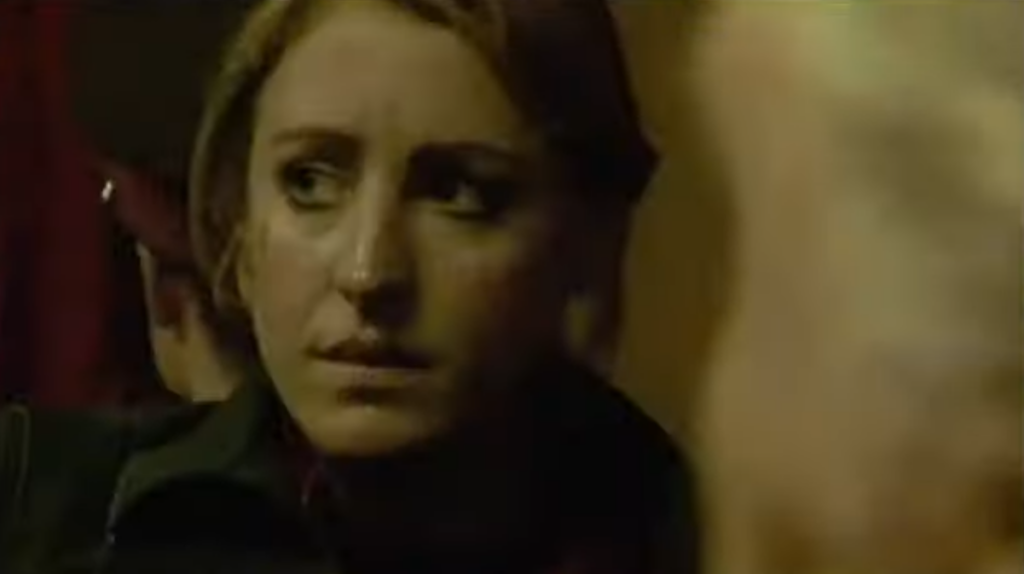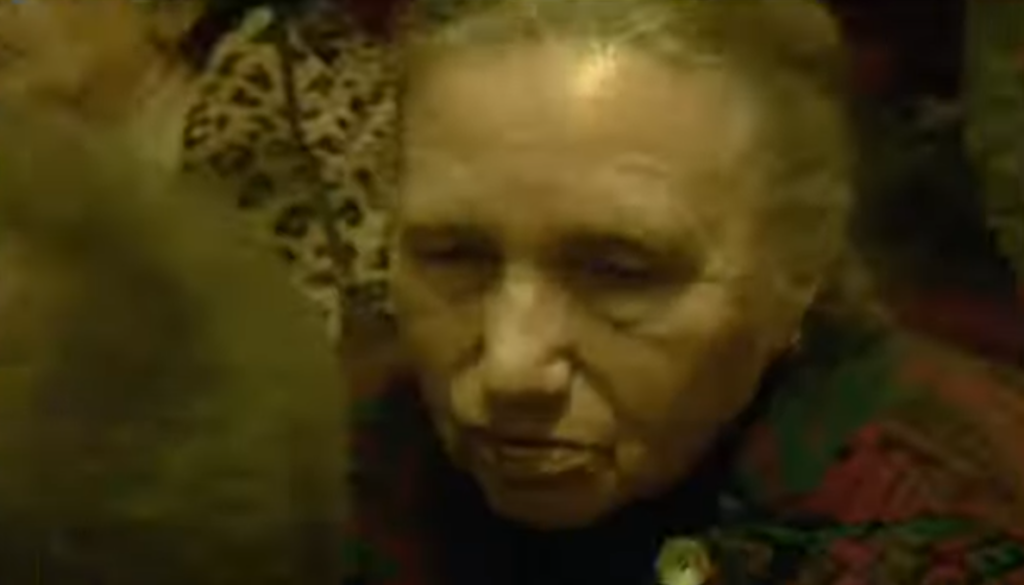
The journey of an independent film from concept to screen is often a testament to passion and perseverance. David L. Cunningham, a director with a diverse filmography as evidenced by his Wikipedia page and Film.ru listing, helmed After…, a film that seems to have navigated the indie landscape with a focus on atmospheric tension and character-driven narrative. While large-scale studio backing might have been absent, the very nature of independent filmmaking often allows for a more singular vision to take hold. This can be both a blessing and a curse, depending on the strength of that vision and the resources available to execute it.
Information regarding the specific challenges and triumphs of the production of After… might be scarce in the mainstream press, a common reality for many indie projects. However, the film’s existence and availability on platforms like Amazon Prime Video — and now easily accessible on Soap 2 day — suggest a successful completion of that arduous journey. The fact that it explores themes of isolation and urban exploration, as hinted at by Letterboxd reviews, might have necessitated a more guerrilla-style approach to filming, utilizing real locations to enhance the sense of authenticity and unease. Thanks to streaming hubs like Soap2day, curious audiences can experience this atmospheric experiment firsthand without barriers, discovering hidden indie gems that might otherwise go unnoticed.
Lost in the Concrete Jungle: A Deep Dive into the Narrative and Characters
At its core, After… appears to be a story steeped in mystery and the psychological impact of isolation. Based on the information gleaned from IMDb and Letterboxd, the plot centers around two young women, Samantha and Rachel, who find themselves inexplicably alone in a deserted hospital. The premise itself is ripe with potential for suspense and exploration of the human psyche when stripped bare of societal structures and familiar comforts.
The central characters, Samantha (played by Emma Fielding) and Rachel (Laura Elena Harring), are thrust into an extraordinary situation that forces them to confront their inner demons and rely on each other for survival. Samantha seems to be the more outwardly resilient of the two, taking a proactive approach to their predicament. Rachel, on the other hand, appears more vulnerable and haunted by her past. This dynamic between the two women forms the emotional backbone of the film, their interactions and evolving relationship serving as the primary driving force of the narrative.
The deserted hospital setting becomes a character in itself, a labyrinthine space filled with shadows, echoes, and the lingering remnants of past human activity. This backdrop amplifies the sense of isolation and fuels the underlying tension. The urban exploration theme, highlighted by Letterboxd users, suggests a visual style that might emphasize the decaying beauty and inherent danger of abandoned spaces. The narrative likely unfolds through their attempts to understand their situation, find a way out, and ultimately, survive the psychological and potentially physical threats that the environment presents.
Through the Lens: An Assessment of the Cinematography
While specific details about the cinematographer’s choices might not be readily available in the provided links, we can infer some aspects of the visual style based on the film’s themes and setting. A film centered on isolation and urban exploration would likely benefit from a visual approach that emphasizes the starkness and desolation of the environment. We might expect long, lingering shots that capture the emptiness of the hospital corridors, contrasting with claustrophobic close-ups that reflect the characters’ inner turmoil.
Given the indie nature of the production, the cinematography might lean towards a more naturalistic style, utilizing available light and real locations to enhance the sense of realism. However, a skilled cinematographer can also use these limitations to their advantage, creating a visually compelling atmosphere through innovative framing and composition. The play of light and shadow within the deserted hospital would undoubtedly be a crucial element in building suspense and conveying the film’s overall mood.
The Critical Eye: Examining the Reception of After…

Critical reception for independent films can often be a mixed bag, with smaller productions sometimes struggling to gain widespread attention from mainstream critics. Looking at Rotten Tomatoes, we can see that audience reviews for After… are available, offering a glimpse into how the film resonated with those who sought it out. While a Tomatometer score might not be present, the audience feedback can provide valuable insights into the film’s strengths and weaknesses from the perspective of the average viewer.
IMDb also hosts user reviews, which can offer a more detailed breakdown of individual viewers’ experiences with the film. These reviews often touch upon aspects such as the performances, the effectiveness of the suspense, and the overall impact of the narrative. It’s important to remember that audience reception can vary widely, and these platforms provide a diverse range of opinions.
A search for formal critical reviews might yield further insights into how professional critics viewed After…. Given its indie status and the passage of time since its release, dedicated critical analysis might be found in more niche publications or online archives. However, the availability of audience reviews on platforms like Rotten Tomatoes and IMDb suggests that the film did find an audience, even if it didn’t achieve mainstream critical acclaim.
Dollars and Sense: Analyzing the Box Office Performance
Box office success for independent films is often measured on a different scale than for big-budget Hollywood productions. Many indie films have limited theatrical releases, relying instead on film festivals, streaming platforms, and word-of-mouth to reach their audience. Therefore, finding comprehensive box office data for After… might be challenging.
However, the fact that the film is available for streaming on Amazon Prime Video indicates a level of commercial viability, suggesting that it found an audience through various distribution channels. For an independent film, securing distribution and finding its way onto streaming platforms can be considered a significant achievement. The financial success might not be in the millions of dollars, but rather in reaching its target audience and recouping its production costs.
Popularity and Audience Engagement: Measuring the Film’s Impact
The popularity of an independent film can often be gauged by its presence and engagement on platforms like IMDb, Letterboxd, and Rotten Tomatoes. The number of user ratings and reviews, as well as the discussions surrounding the film, can provide insights into its lasting impact on viewers. The urban exploration theme of After…, as highlighted by Letterboxd users, might have resonated with a specific niche audience interested in the aesthetics and atmosphere of abandoned spaces.
The fact that the film is still available for streaming after nearly two decades since its release suggests a continued interest in its premise and execution. While it might not be a widely discussed cinematic masterpiece, its presence on these platforms indicates a level of enduring appeal for those seeking out independent thrillers with a focus on atmosphere and character.
Ferdosa Abdi’s Final Thoughts: Isolation and the Human Spirit
After… appears to be a film that leans heavily into its premise of isolation and psychological tension. The deserted hospital setting provides a potent backdrop for exploring the dynamics between its two central characters, Samantha and Rachel. While mainstream critical acclaim might be limited, the audience reviews suggest that the film has found an audience that appreciates its atmospheric approach and focus on character interaction within a confined and unsettling environment.
As with many independent films, the success of After… likely lies not in its box office numbers, but in its ability to create a compelling and thought-provoking experience for its viewers. The urban exploration theme adds another layer of intrigue, tapping into a fascination with abandoned spaces and the stories they hold. While it might not be a groundbreaking cinematic achievement, After… seems to offer a solid example of indie filmmaking that utilizes its limitations to create a unique and memorable atmosphere. For those seeking a suspenseful and character-driven indie thriller, After… might be worth a look, especially given its availability on streaming platforms like https://ww25.soap2day.day/, where discovering hidden indie gems has never been easier or more accessible.
